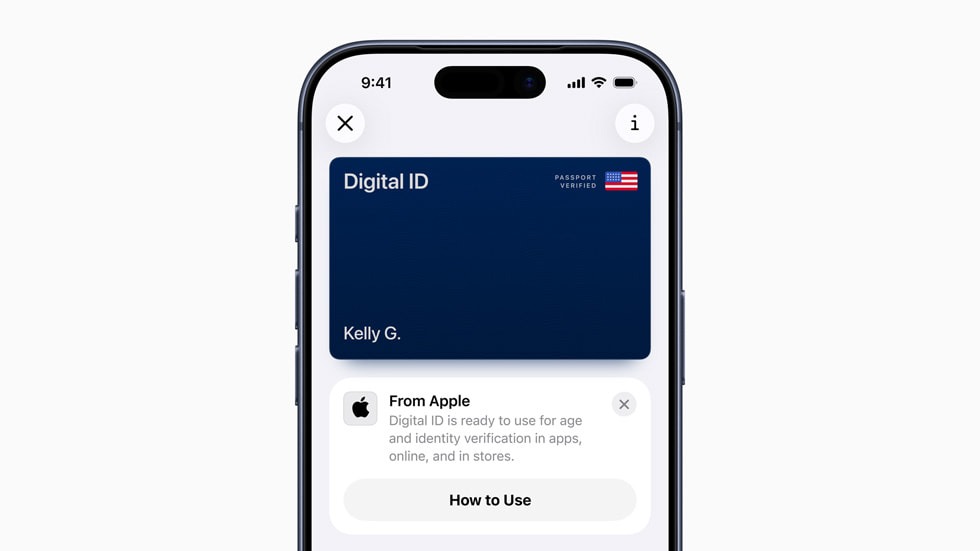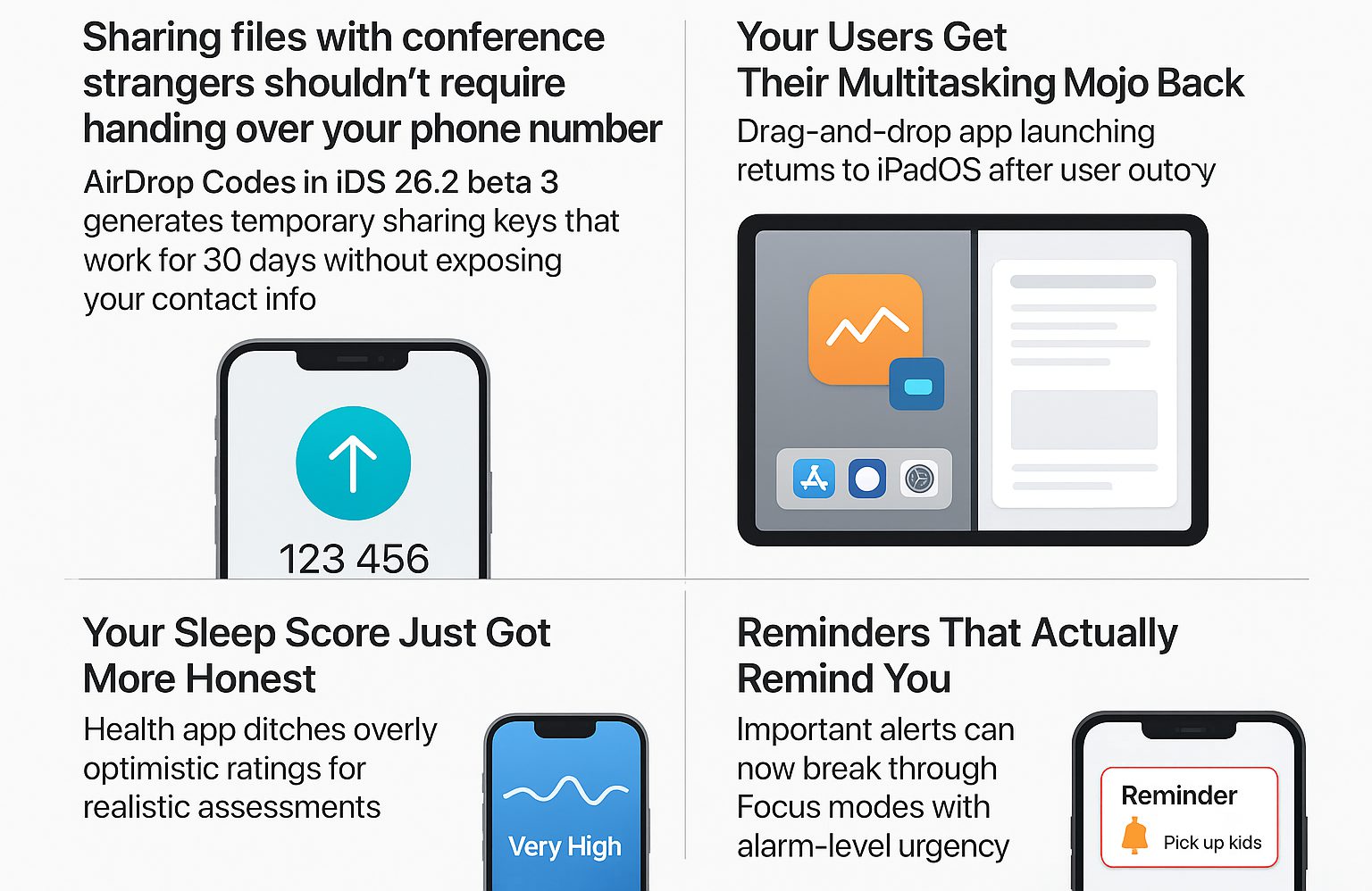Your morning ChatGPT session crashed along with half the internet on November 18—all because of a hidden software flaw that Cloudflare never saw coming. The infrastructure giant blamed a “latent bug” lurking in their bot mitigation system, which decided to implode after what should have been a routine configuration tweak. If you felt like the digital world momentarily collapsed around 11:48 UTC, you weren’t imagining things.
When One Company’s Problem Becomes Everyone’s Problem
The outage exposed how much of the internet depends on a single infrastructure provider.
This wasn’t just another tech hiccup. ChatGPT went silent. X turned into a digital wasteland. League of Legends players got booted mid-match. Spotify stopped the music. Banking sites threw error screens. The domino effect hit thousands of websites and services that rely on Cloudflare’s edge network for security and content delivery. When their bot filtering system started crashing, it took core gateway functions down with it—like a bouncer having a breakdown and accidentally locking everyone out of the club.
The Bug That Time Forgot
Dormant code can hide for years before the right conditions trigger catastrophic failure.
The root cause reveals a common software vulnerability pattern: this bug was already living in Cloudflare’s code, waiting. The company’s bot mitigation service—designed to filter out malicious automated traffic—contained a flaw that only activated when specific conditions aligned. Think of it as a digital time bomb with an incredibly specific trigger. Once that routine configuration change hit the system, the dormant code woke up and started systematically crashing critical services.
Emergency Response Mode
Engineers scrambled to isolate the problem and restore service across multiple affected systems.
Cloudflare’s response involved surgical precision under pressure. Teams isolated the malfunctioning component, disabled WARP services in London, and deployed targeted fixes while monitoring cascading failures. Their transparent communication throughout the incident helped, though even their own support channels experienced downtime during peak disruption. Full recovery took several hours as engineers cautiously re-enabled services.
The Centralization Problem
When a few companies control internet infrastructure, single points of failure become everyone’s nightmare.
This incident spotlights an uncomfortable truth about modern internet architecture. Millions of websites depend on just a handful of backbone providers like Cloudflare. Even AWS experienced instability during the same window, amplifying the chaos. While rapid response minimized damage, the event illustrated how fragile our hyper-centralized digital ecosystem really is. Your ability to work, shop, and stay entertained shouldn’t hinge on one company’s hidden bugs, yet increasingly, it does.




























